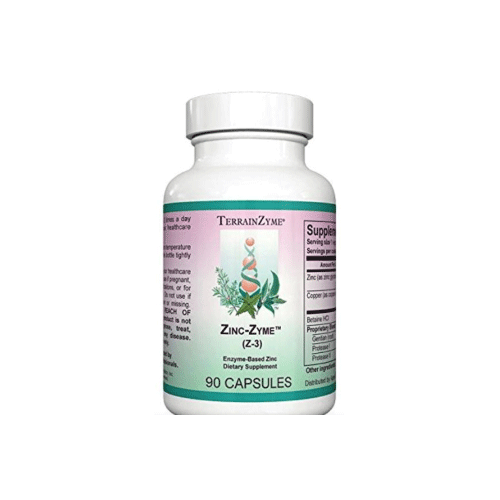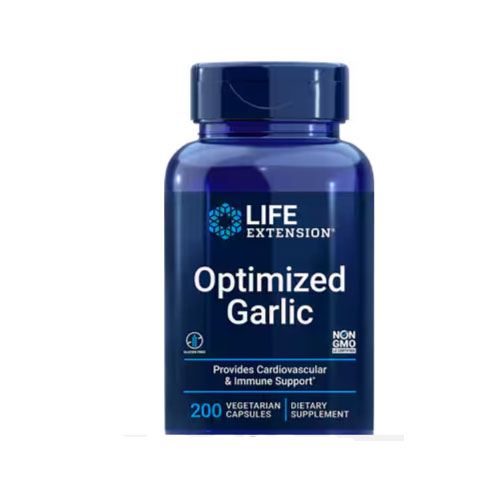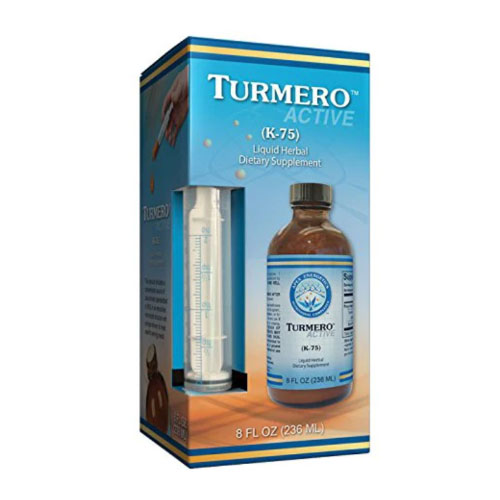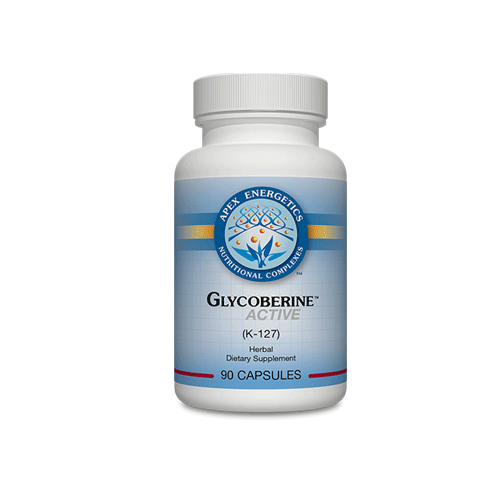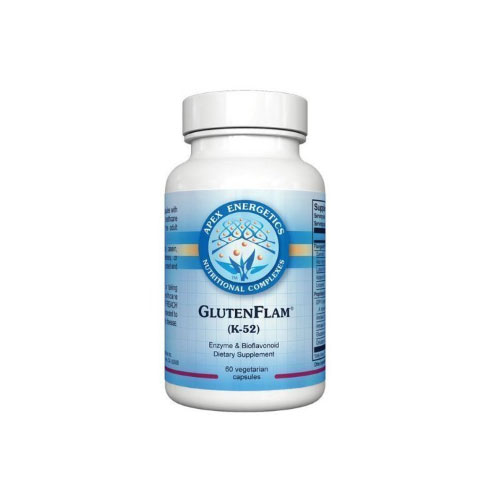
Part 6: Infections and Thyroid Disease
Back in the dark ages, (for me) circa 1976, medical students were dutifully taught the ABCs of thyroid disease as a “Goldilocks” issue. “Normal” is a wide range (0.45 to 4.5 mIU/L); if it too runs too fast, slows it; if it runs too slow, speed it (up). Indeed, the American Society of Clinical Endocrinologists, I.e. “The Specialists,” despite a mountain of evidence to the contrary(1-21), for starters, still insists this is the only approach to obtain thyroid rapture:
“Serum thyrotropin (TSH) is the single best screening test for primary thyroid dysfunction for the vast majority of outpatient clinical situations. “Normal” is 0.404.5 mIu/L
Standard treatment is replacement with levothyroxine. The decision to treat subclinical hypothyroidism when serum thyrotropin is less than 10 mIU/L should be tailored to the individual patient.”
Any Treatment Other Than Desiccated T4 Is Outside Realm Of Medicine (22)
Our prior discussions (Patient Mysteries: Are You Thyroid Deficient?, Parts I-V,
Healthy Beginnings Magazine, August through December 2015) of all things thyroid, in my opinion, convincingly debunked this reductionist theory. The hundreds of phone calls and queries since the series began, frequently along the lines of, “it’s as if you were speaking to me personally,” and “I’ve suffered for years, and no one would listen,” convinced us to continue to root out the real causes of thyroid disease.
Our exposé of the six major root causes of thyroid disease leads us to view the thyroid, not as a separate entity but is intimately involved in a wide range of “normal” bodily functions.
“The Big 6”
- Gastrointestinal or ‘ Leaky Gut ” Syndrome
- Heavy Metals and Toxins
- Infectious Diseases
- Adrenal Insufficiency
- Iodine Deficiency
- Nutrient Deficiencies
The past two episodes of Patient Mysteries: Are You Thyroid Deficient? covered, in-depth, the interaction between the thyroid gland, gastrointestinal system and brain, and the role heavy metals and toxins play in thyroid dysfunction.
We explored the common denominator, “molecular mimicry,” connecting each root cause to every other root cause (so far). To recap, molecular mimics are abnormal, or “foreign” proteins that evolve when the body mistakenly incorporates similar but abnormal compounds into normal tissue.
Today’s fun-filled, action-packed, the episode explores the role of infectious diseases as a disruptor of thyroid harmony.
The Autoimmune-Infectious Disease Thyroid Connection
Similar to gluten and toxic chemicals, constant exposure to infectious agents is inflammatory in nature. In its wake, diseased and damaged tissues are left. The former – infectious agents, through the magic of ‘molecular mimicry’ – fools normal tissues into not producing their desired end product. T3 and T4, in the case of the thyroid, eventually are recognized as deficient.
Like a lineman for the Philadelphia Eagles, the body belatedly reacts to this acquired deficiency state, activates the immune system, and produces proteins to counter the foreign entities. (In the case of the Philadelphia Eagles, the deficiency state results in them fooling themselves every summer. This is the year and this year, like the past 55, we end up watching the Super Bowl from the sidelines, again, and counting). In reality, the immune system is attacking itself.
Infectious agents linked to thyroid disease include Herpes simplex 1 and 2 (both oral and genital herpes), Epstein-Barr virus (mononucleosis, multiple sclerosis, lupus, chronic fatigue syndrome, and fibromyalgia), Yersinia enterocolitica (food poisoning from uncooked pork, and contaminated meat and dairy), Hepatitis C (blood or body fluids contracted from an infected person), H . pylori, (a bacteria that attacks the stomach lining creating ulcers), and Borrelia burgdorferi , the bacteria that causes Lyme disease.
Excepting for Lyme DIsease, diagnosis is rather straightforward. Herpes, Epstein Barr,
Hepatitis and H. Pylori are found in blood, Yersinia and H. Pylori are in stool cultures. Lyme disease requires specialty testing (IGeneX is the only reliable test we recommend).
Viral infections are susceptible to Humic Acid-Monolaurin, a free-radical scavenger, and natural antioxidant. It binds positively and negatively charged ions, boosting the immune system, and contains olive leaf, a known antiviral, antibacterial and fungal agent.
Yersinia and H. pylori are treated with antibiotics like any other bacterial disease, with the added knowledge that we need to maintain the flora of the GI tract with pro and prebiotics (chicken soup and a little Vitamin D wouldn’t hurt either.)
Lyme Disease is a whole other entity, which requires a dedicated section of its own.
Special consideration needs to be given to some difficult to detect, but common, agents. Blastocystis hominis, an intestinal parasite, is present in up to 50% of people in developing countries. Blastocystis presents with hives, irritable bowel syndrome and elevated thyroid antibodies. Detection is done with a specialized parasitology exam and treatment consists of Saccharomyces boulardii, oil of oregano, and/or antibiotics.
Small Intestine Bacterial Overgrowth, or “SIBO,” is a malabsorption syndrome present in more than 50% patients with hypothyroidism (24) .
Normally, gram-positive bacteria reside in the small intestine. SIBO, as its name implies, results from an elevated level of (harmful gram-negative) organisms, specifically E. coli and Klebsiella pneumoniae. These invaders damage the intestinal lining, presenting clinically as intestinal pain, diarrhea, and weight loss.
Root causes of SIBO include achlorhydria (low or absent production of stomach acid), a deficiency of the pancreatic digestive enzymes, an immunodeficiency syndrome, small intestinal obstruction, diverticula, and/or intestinal motility disorders. (25)
SIBO relates to thyroid disease courtesy of the “leaky gut” syndrome. (See Part IV, Thyroid Deficiencies.) (26) The “leaky” gut leads to autoimmune antibody production and eventually to Hashimoto’s Thyroiditis.
Lactulose or glucose breath tests or a small intestinal aspirate, are the diagnostic tools to identify SIBO. (27)
Treatment is directed by the “4 R” program we outlined in Part IV. (28) We Remove any offending agents, inflammatory food and drink (obviously), with special attention paid to proton pump inhibitors (Prilosec, Omeprazole, Nexium, etc.). These suppress stomach acid, leading to achlorhydria. We recommend the Specific Carbohydrate Diet (SCD), or a low FODMAPS (fermentable oligosaccharides, disaccharides, monosaccharides, and polyols) diet.
Next, we Replace essential nutrients for proper utilization of foodstuffs. Digestive enzymes, hydrochloric acid, and bile salts are needed for proper digestion.
We Restore the normal GI flora with probiotics containing bifidobacteria and lactobacillus dosed from 25 to 100 billion units a day, along with prebiotics and fiber to the rescue.
And we Repair the gastrointestinal lining with L-glutamine, zinc, omega 3 fish oil, vitamins A, C, E, slippery elm and aloe vera-containing supplements.
Rifaximin is the antibiotic of choice to eliminate the infectious process. The relapse rate is as high as 44% (29), leading us to recommend the natural antimicrobials oregano oil, berberine, garlic, green tea, and thyme.
Call us at 775-359-1222 to get started on the road to thyroid health and stay tuned for the next exciting installment of Patient Mysteries, Part VII, Adrenal Insufficiency as a Root Cause of Thyroid Disease.
I am truly grateful for the support and encouragement I’ve received from the many readers of Healthy Beginnings. Happy New Year. Dr. Bill.
- General Information, Press Room, http://www.thyroid. org/mediamain/abouthypothyroidism/ , Accessed July 5, 2015.
- Allahabadia A, Razvi S, Abraham P , Franklyn J. D iagnosis and t reatment of primary h ypothyroidism. BMJ. 2009 Mar 26;338:b725. doi: 10.1136/bmj.b725. http:// autoimmune .pathology.jhmi.edu/ diseases .cfm?systemID=3&DiseaseID=22, accessed July 5, 2015.
- Garber, J., Cobin, R., Gharib, H., et al., Clinical Practice Guidelines For Hypothyroidism In Adults, Endocr Prac. 2012; 18(No.6) 989.
- Hertoghe, Thierry, Reverse Physical Aging: Hormone & Nutritional Therapies, A4M Lecture Series, Las Vegas, NV, Dec. 14, 2014, p . 44.
- Rothenberg, Ron, Thyroid Optimization, BHRT Syllabus, A4M Lecture Series, Los Angeles, CA, February 26, 2015, p . 62.
- Annewieke W. van den Beld, Theo J. Visser, Richard A. Feelders, Diederick E. Grobbee, and Steven W. J. Lamberts, Thyroid Hormone Concentrations, Disease, Physical Function and Mortality in Elderly Men, The Journal of Clinical Endocrinology & Metabolism, 2005; 90(12):6403–6409.
- Ott, J et al. Hashimoto’s thyroiditis affects symptom load and quality of life unrelated to hypothyroidism: a prospective case-control study in women undergoing thyroidectomy for benign goiter. Thyroid. 2011 Feb; 21(2):1617.
- Garber, J., Cobin, R., Gharib, H., et al., Clinical Practice Guidelines For Hypothyroidism In Adults, Endocr Prac. 2012; 18(No.6) 989. Hollowell JG et al. J Clin Endocrinl Metab 2002 87(2)489499.
- Pekka C., Salmi, J., Hällström, O., et al. Autoimmune thyroid disorders and coeliac disease Eur J Endocrinol 130137140, doi: 10.1530/eje.0.1300137
- http://www.gapsdiet.com
- www.drclearfield.com
- Moore R, Grant AM, Howard AN, Mills IH. Treatment of obesity with triiodothyronine and a very-low-calorie liquid formula diet. Lancet. 1980 Feb 2;1(8162):2236
- Gelvin EP, Kenigsberg S, Boyd LJ. Results of the addition of liothyronine to a weight-reducing regimen.J Am
Med Assoc. 1959 Jul 25;170(13):150712
- Rozen R, Abraham G, Falcou R, Apfelbaum M. Effects of a ‘physiological’ dose of triiodothyronine on obese subjects during a protein-sparing diet. Int J Obes. 1986;10(4):30312
- Pasquali R, Baraldi G, Biso P , Piazzi S, Patrono D, Capelli M, Melchionda N. Effect of ‘physiological’ doses of triiodothyronine replacement on the hormonal and metabolic adaptation to short-term semi-starvation and to low-calorie diet in obese patients. Clin Endocrinol (Oxf). 1984 Oct;21(4):35767
- Koppeschaar HP, Meinders AE, Schwarz F. Metabolic responses in grossly obese subjects treated with a very-low-calorie diet with and without triiodothyronine treatment. Int J Obes. 1983;7(2):13341
- Koppeschaar HP, Meinders AE, Schwarz F. The effect of a low-calorie diet alone and in combination with triiodothyronine therapy on weight loss and hypophyseal thyroid function in obesity. Int J Obes.
1983;7(2):12331
19.. Wilson JH, Lamberts SW. The effect of triiodothyronine on weight loss and nitrogen balance of obese patients on a very-low-calorie liquid-formula diet. Int J Obes. 1981;5(3):27982
- Moore R, Mehrishi JN, Verdoorn C, Mills IH. The role of T3 and its receptor in efficient metabolizers receiving very-low-calorie diets. Int J Obes. 1981;5(3):2836
- Moore R, Grant AM, Howard AN, Mills IH. Treatment of obesity with triiodothyronine and a very low-calorie liquid formula diet. Lancet 1980 Feb. 2;2236
- Guarva,S., Hypothyroidism, “ScienceBasedMedicine”
https://www.sciencebasedmedicine.org/ hypothyroidism factscontroversiesandpseudoscience/
- Clearfield W., Patient Mysteries, Are You Thyroid Deficient? Healthy Beginnings Magazine , August through December 2015. www.hbmag.com
- Ernesto, C., Lauritano, A ., Bilotta, L. et. al. “ Association between Hypothyroidism and Small Intestinal Bacterial Overgrowth, The Journal of Clinical Endocrinology & Metabolism, Volume 92, (11) ,
http://dx.doi.org/10.1210/jc.20070606.
- Bures, J., Cyrany, J., Kohoutova, D., et al., Small intestinal bacterial overgrowth syndrome, World J Gastroenterol.
2010 Jun 28; 16(24): 2978–2990. Published online 2010 Jun 28. doi: 10.3748/wjg.v16.i24.2978
- Clearfield, W., Patient Mysteries, Are You Thyroid Deficient? Healthy Beginnings Magazine, November 2015, https://hbmag.wpengine.com/ patient mysteriesareyouthyroiddeficient3/.
- Gasbarrini A, L auritano EC, G abrielli M, Small intestinal bacterial overgrowth: diagnosis and treatment., Dig Dis.2007;25(3):23740.
- Clearfield, W., Patient Mysteries, Are You Thyroid Deficient? Healthy Beginnings Magazine, November 2015, https://hbmag.wpengine.com/ patient mysteriesareyouthyroiddeficient3/
- Bures, J., Cyrany, J., Kohoutova, D., et al., Small Intestinal Bacterial Overgrowth Syndrome, World J Gastroenterol. 2010 Jun 28; 16(24): 2978–2990.Published online 2010 Jun 28.

